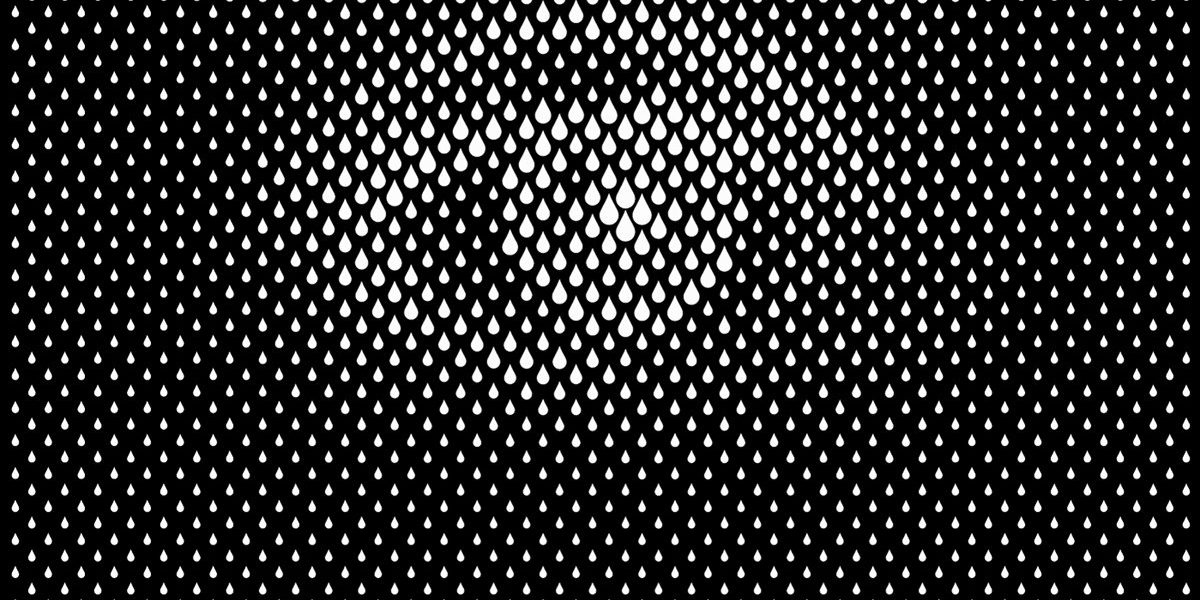The Parallel Societies of our Fragmented Selves

Problematic:
What do we speak of when we speak of crypto-anarchy?
What interests us about the project of crypto-anarchy is not some eventual obtainment of a singular Utopian or dystopian vision of an unrealizable future, but the possibility of rapid experimentation with the historical now in mutual self-defense against the coercion of our dwindling freedom.
Rather than engaging in mere theorizing about the spectacle of crypto-anarchy, we seek knowledge gleaned from active participation in the epistemic and ontological rupture of its problematic into history. For every proto-crypto-anarchist faces the continual coercion of freedom in the internal schizophrenic struggle induced by participation in contemporary societies, online and otherwise. If our self is fragmented, how can our societies be not parallel?
This possibility of experimentation within parallel societies allows the crypto-anarchistic inclined Cypherpunk to iterate through the space of less coercive, more free alternatives to our contemporary consensual abjection.
Brief remarks on the Spectacle of Crypto-Anarchy
Our crypto-anarchy problematic naturally engenders forth from the meanings we ascribe to the terms “crypto” and “anarchy”. And necessarily involves considering the possibilities afforded by their successful conjunction into a properly informed participation in the unfolding spectacle of crypto-anarchy.
“Crypto”
We eschew the banality of contemporary Libertarian fantasies about “crypto” standing in for gobs of exchange value available to all who would truly be free. We see “crypto” as in “cryptography” as a signpost pointing to the multitude of ramifications from the public advent of practical asymmetric crypto-systems in the late 1970s, and their practical execution on the commodity hardware and networks first widely available in the 1990s.
While we hold as self-evident that the potential contributions of “public secret” cryptography are potentially only limited to what we can constructively imagine mathematically, the outcome of such a program remains uncertain. For us, “crypto” not only encompasses this multiverse of mathematical societal relationships that we could potentially construct, it also embraces the root meaning of “that which is hidden”. The practicing crypto-anarchist naturally pushes the boundary of what may be hidden in novel–hitherto non-existent–ways.
Hidden from what, exactly?
For the pre-Cypherpunks, the crypto-anarchist always denoted a hidden agent of anarchy, obscured from the coercive repercussions that one’s acts of revolt involved. For the pre-Cypherpunks crypto-anarchist, to not be revealed until the powers that curtailed freedom have been vanquished, was a choice of survival for future acts.
The contemporary crypto-anarchist defends and seeks to expand the space of possibilities in which to be hidden, for the crypto-anarchist recognizes itself as constituent of a necessarily schizophrenic self, reaved by the multiple coercions of contemporary society. But even this empowered agent, any act may only be as anonymous as our ability to construct such systems which confound the necessity of those who would coerce us to any given societal norm.
“Anarchy”
Unfortunately, this space is much too brief to contain a satisfying exposition of the realization of the world-historical anarchist project. We find that the @TheRealSmuggler’s treatment at the HCPP18 talk “What is crypto-anarchy?” to be a cogent, coherent, and concise introduction for the uninitiated.
Regardless of one’s understanding, the key distinguishing feature of the forms of anarchism which merit participation within lies in the belief that all anarchists are necessarily social creatures. Not all social relations are positive, as many are potentially and practically coercive, but by experimentation with the construction of other societies we sharpen our distinctions. And as such creatures interpolated by multiple, parallel societies, anarchists are keenly aware of the necessity of mediating social relations under the ruthless rubric of the freedoms it affords its actors and the coercions to norms that it necessitates.
What is to be Undone?
The program before crypto-anarchism is simple in its formulation: the practical iteration of possibilities to those of more free, less coercive relations in a multitude of parallel societies. But easy to formulate is not the same as easy to actuate, so we offer the following preliminary observations of our experimentation.
We find that constant reflection on whether we are obeying Larry Harvey’s “no spectators” injunction sharpens our participation in the unfolding crypto-anarchist spectacle, especially when considering the online opposition between “following/liking” and “doing/participating”.
In the preliminary instigation of our problematic, we have found a curious recurrence of the following three binary relationships.
- Continuance/Forgetting: whether the attribution of our actions
will be forever be part of a continued whole, or whether we choose
to sever an act from such permanence in a conscious act of
forgetting. - Scarcity/Abundance: a surprising amount of harm-inducing coercive
norms seem to stem from the anchoring of power relations to
out-moded notions of what is abundant and what is scarce. And yet
the foundations of crypto-currency itself would not stand without
the creation of artificial scarcity. - Coercion/Empowerment: the crypto-anarchist might instinctively
always privilege empowerment from coercion, but it is just as
philosophically philistine to imagine forming societies without
compromise. Understanding when in order to get something undone, compromise between like-minded but individuals becomes coercion forms an immensely rich practical problem.
We are certain that this list is not exhaustive, but rather points to the possible convergence of meanings and purposes in the “ghostlier demarcations; keener sounds” of the already unfolding parallel societies of crypto-anarchy.